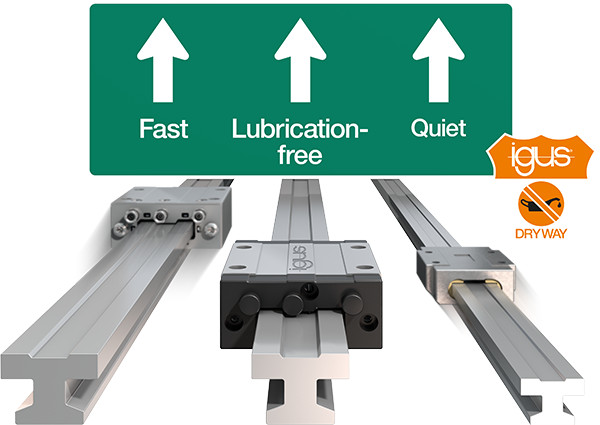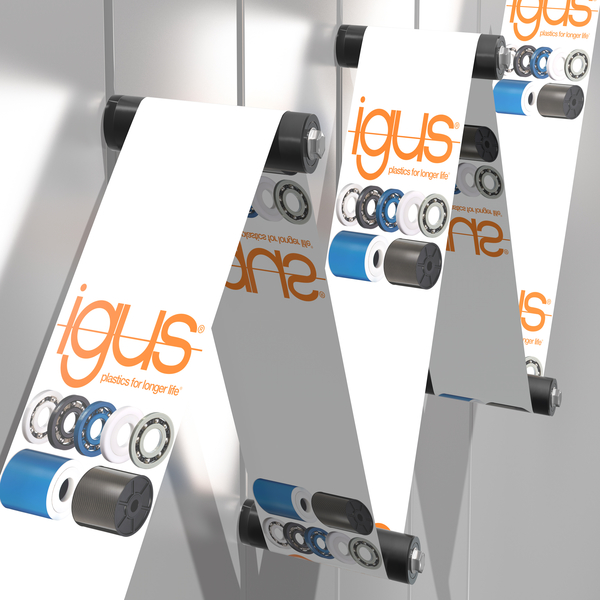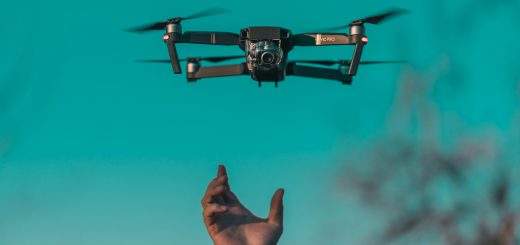Traditional linear recirculating bearings vs drylin T
What is important for machines? Quiet running, clean operation and being lightweight? This is where the traditional linear recirculating bearings vs drylin T debate comes into play. Ensuring that these key elements are understood and implemented is extremely beneficial for the environment surrounding the machines as well as the machines themselves. There are pros and cons to using different bearing systems within production machines, so this blog will highlight some of the benefits of using drylin® linear guides vs traditional linear recirculating bearings. For more blogs on our drylin® range visit https://blog.igus.co.uk/category/dry-tech/drylin/
Let’s look at some of those benefits:
Quiet running
This doesn’t necessarily apply to everyone or every situation, however, in principle, silence is appreciated and often required. Using linear guides is no different. Noise emissions can be reduced by making specific selections within your machine and these specifications can be highlighted when comparing linear recirculating bearings vs drylin T guide systems.
In general, ball guides and metallic ball bearings roll on a metallic surface, predominately a rail or shaft. Unsurprisingly, the effect of metal-on-metal causes noise and the noise can increase as wear starts to develop. To relieve the noise, you can grease each ball guide, and this will dampen it, however, this cannot suppress it entirely. This is often referred to as mechanical resonance. There are certain emission, sound and pressure levels at the workplace that are acceptable and industry standards for determining the sound power level. Changing from metallic linear bearings to drylin® linear bearings ensures that the noise levels are kept low.
The drylin® linear guide systems are based on high-tech, high-performance plastics and these slide on a mating surface with no internal moving parts and therefore without noise, in addition, other external impacts and vibrations are also dampened by the plastic. This does not result in identical precision but offers a smooth operation and improved performance in suitable applications.

Lubrication-free
As previously mentioned, metal-on-metal applications need to be lubricated with either an oil or grease. If traditional recirculating bearings are not lubricated, the system will fail. It is that simple. Grease/oil ensures the function of metallic bearings, however, this can cause issues in applications. Not only do you have the issue of grease getting onto the operator and other parts of machinery and product, but it is also damaging to the environment. In industries such as; food & packaging, cleanrooms or in medical technology, grease and oils are not regarded as an unavoidable necessity but as pollution. Contamination in these environments is simply not an option and extreme measures are taken to ensure this contamination doesn’t happen.
Using drylin® linear guides eliminates the need for lubrication. They offer a hygienic, clean environment made of high-performance plastics which are impregnated with solid lubricants. These are embedded in the plastic during manufacture, eliminating the need for additional external lubrication.
By using the online calculation tools or speaking to an engineer, we can ensure that the specified requirements for suitability are checked in advance, ensuring the chosen drylin® product is completely compatible as an alternative, more environmentally friendly linear guide system.
Lightweight
It is also important to reduce weight in machines, equipment design and in automation. Every excess gram increases energy requirements, slows movement and increases inertia.
So, customers are looking for alternatives to the traditional linear recirculating bearing systems and asking themselves “how can I make a design lighter?” The easiest way is with material selection. Plastics are five times lighter and aluminium two and a half times lighter than steel, respectively, therefore drylin® systems are ideal for reducing weight.
With igus® drylin® guides, the combination of plastic slides with lightweight hard anodised aluminium allows optimal weight distribution ensuring that the polymer slider leaves no trace of wear on the aluminium. For technical reasons, linear recirculating bearing guides cannot be moved continuously on aluminium rails. Under load, point contact for individual balls would leave marks in the surface and damage the ball guide.
The great debate of linear recirculating bearings vs drylin T
Recirculating bearings are traditional. They may be conventional but in terms of cost-effectiveness, long lasting, clean, quiet and lightweight, drylin® T linear systems are by far the superior option.



